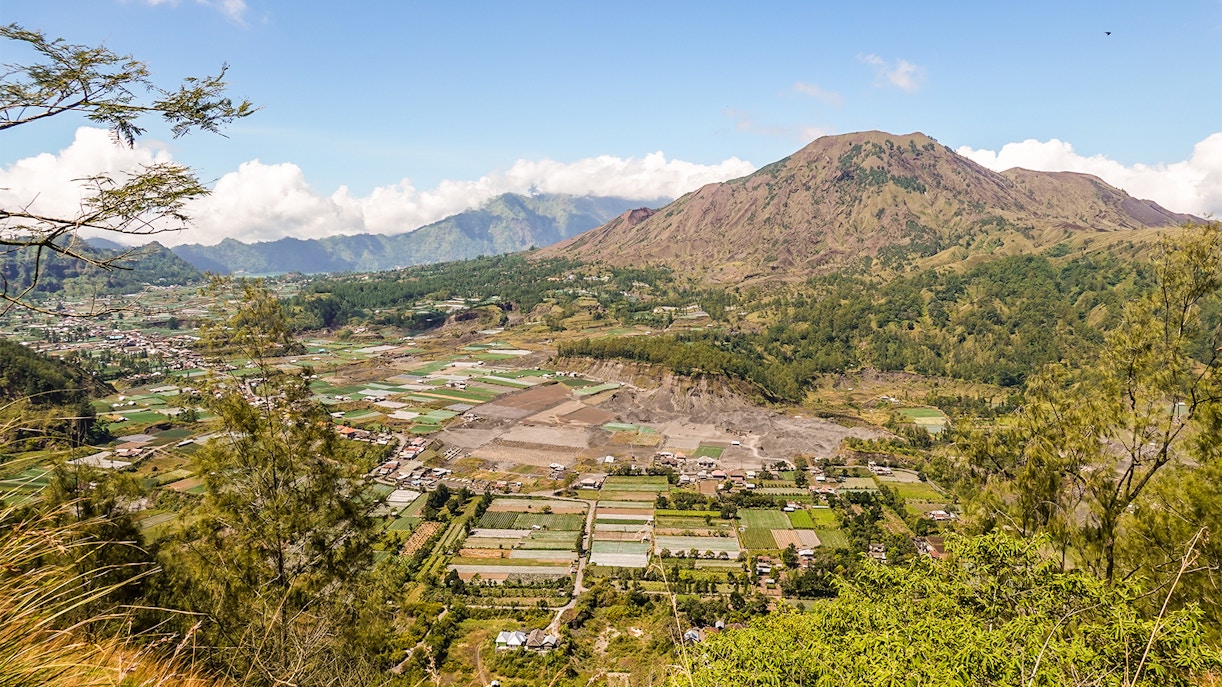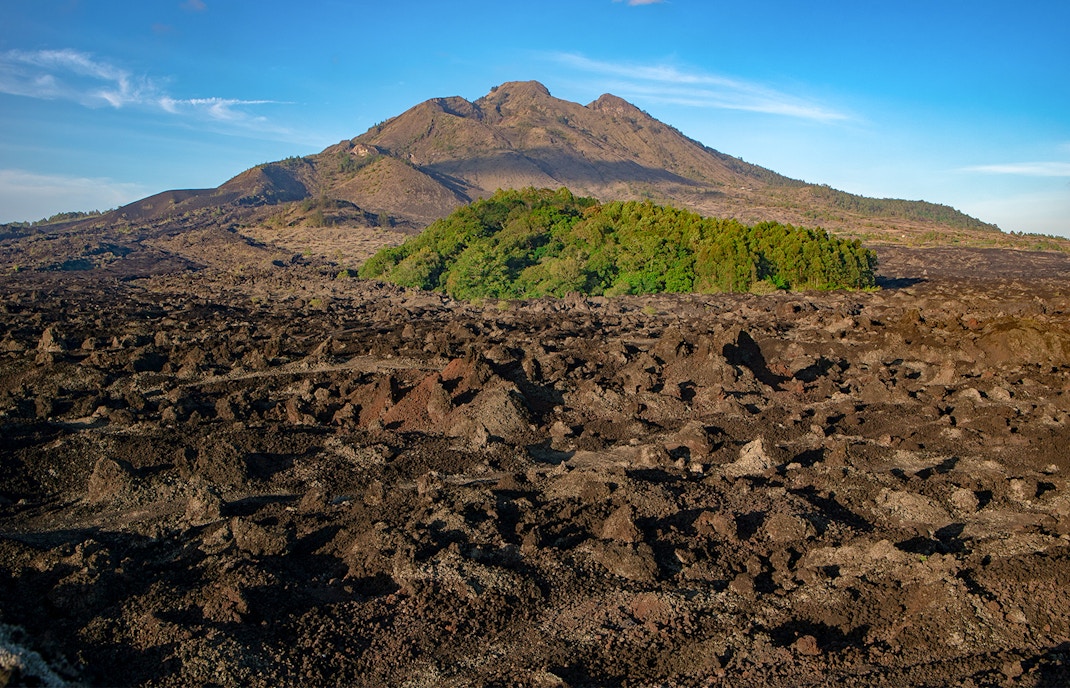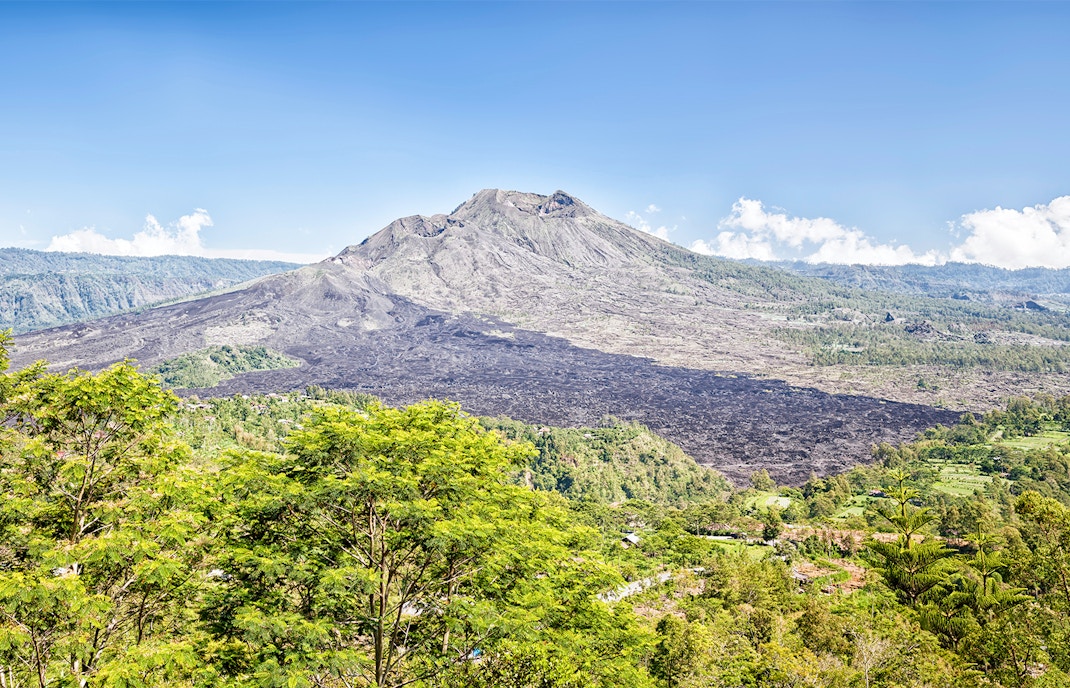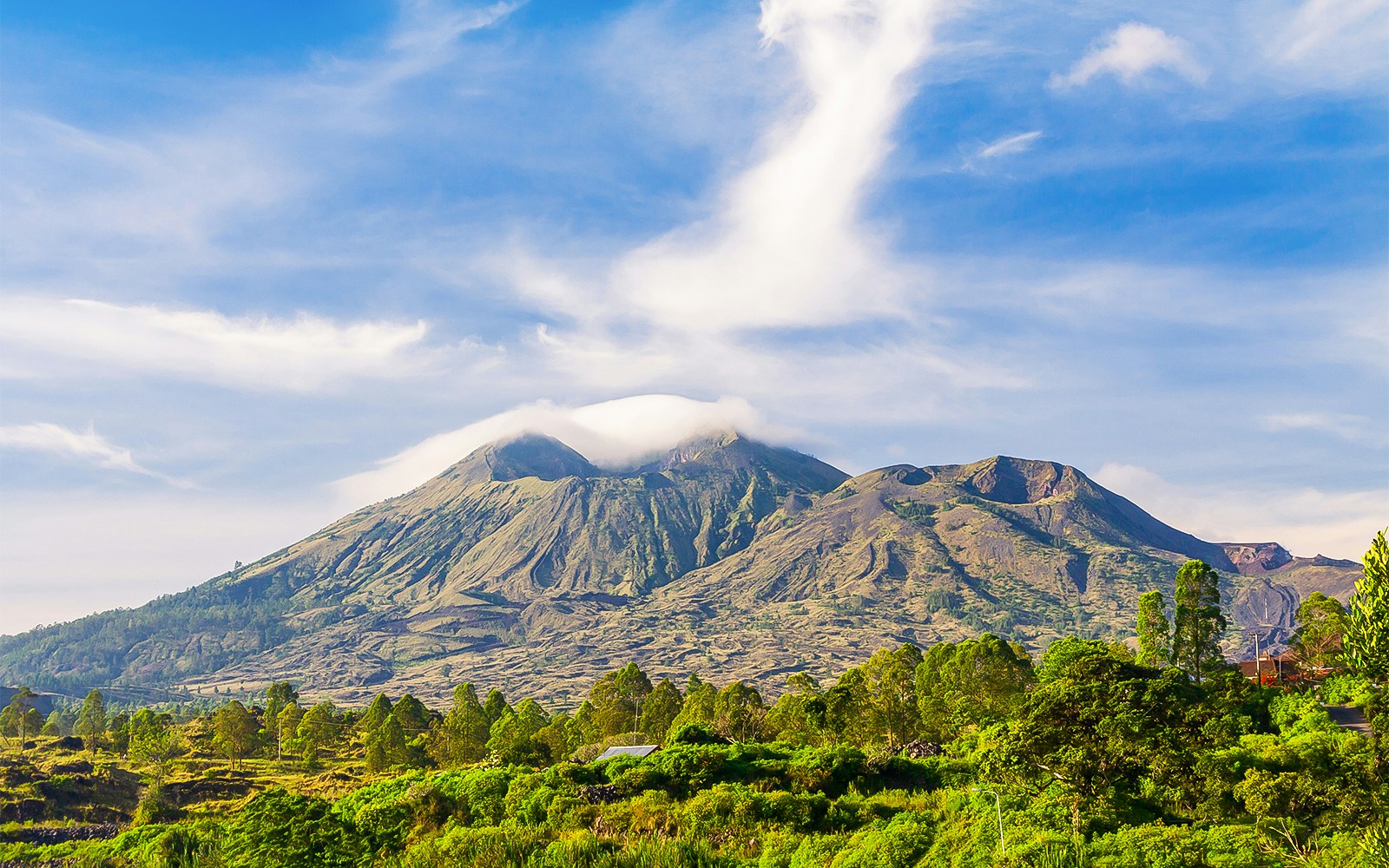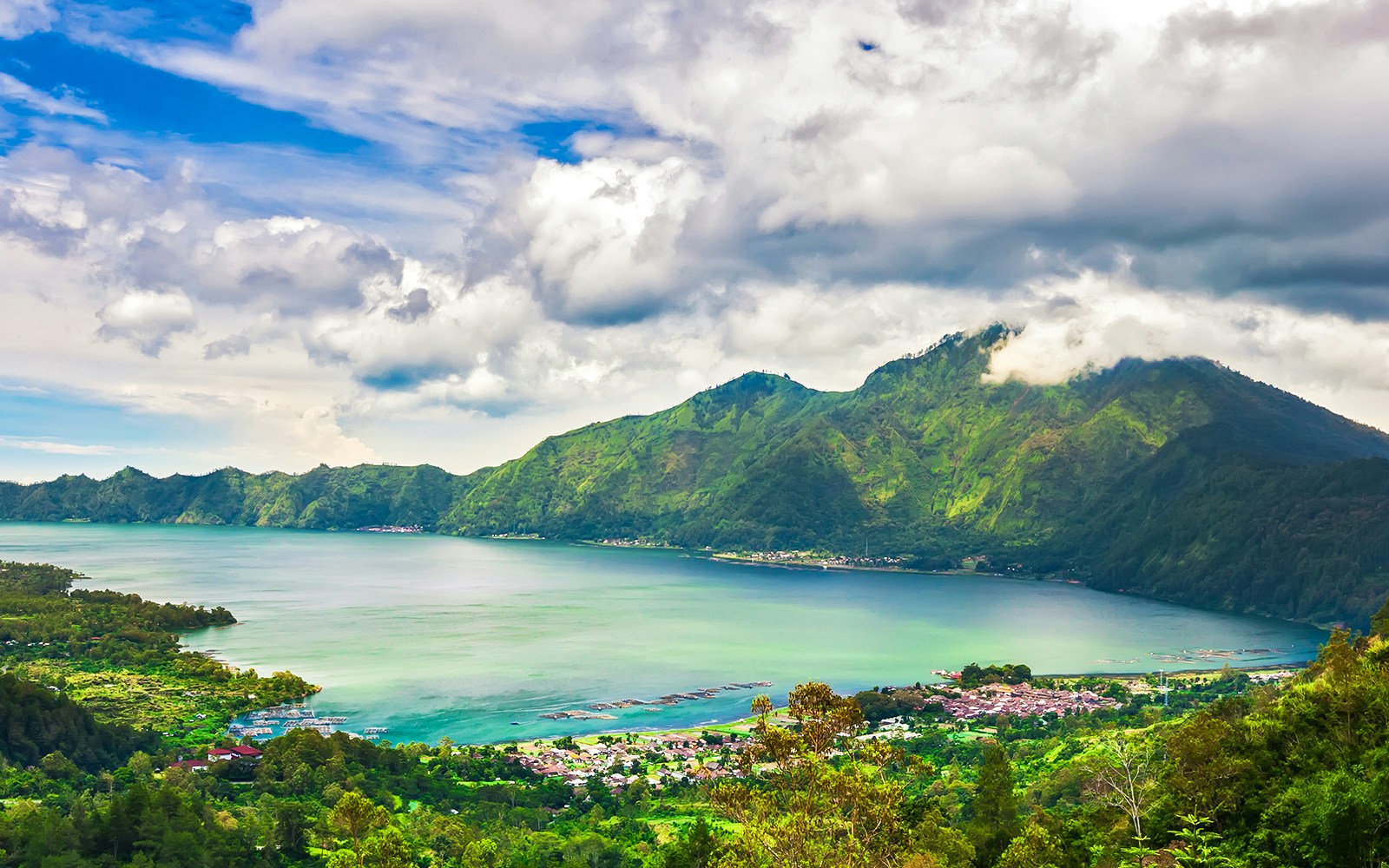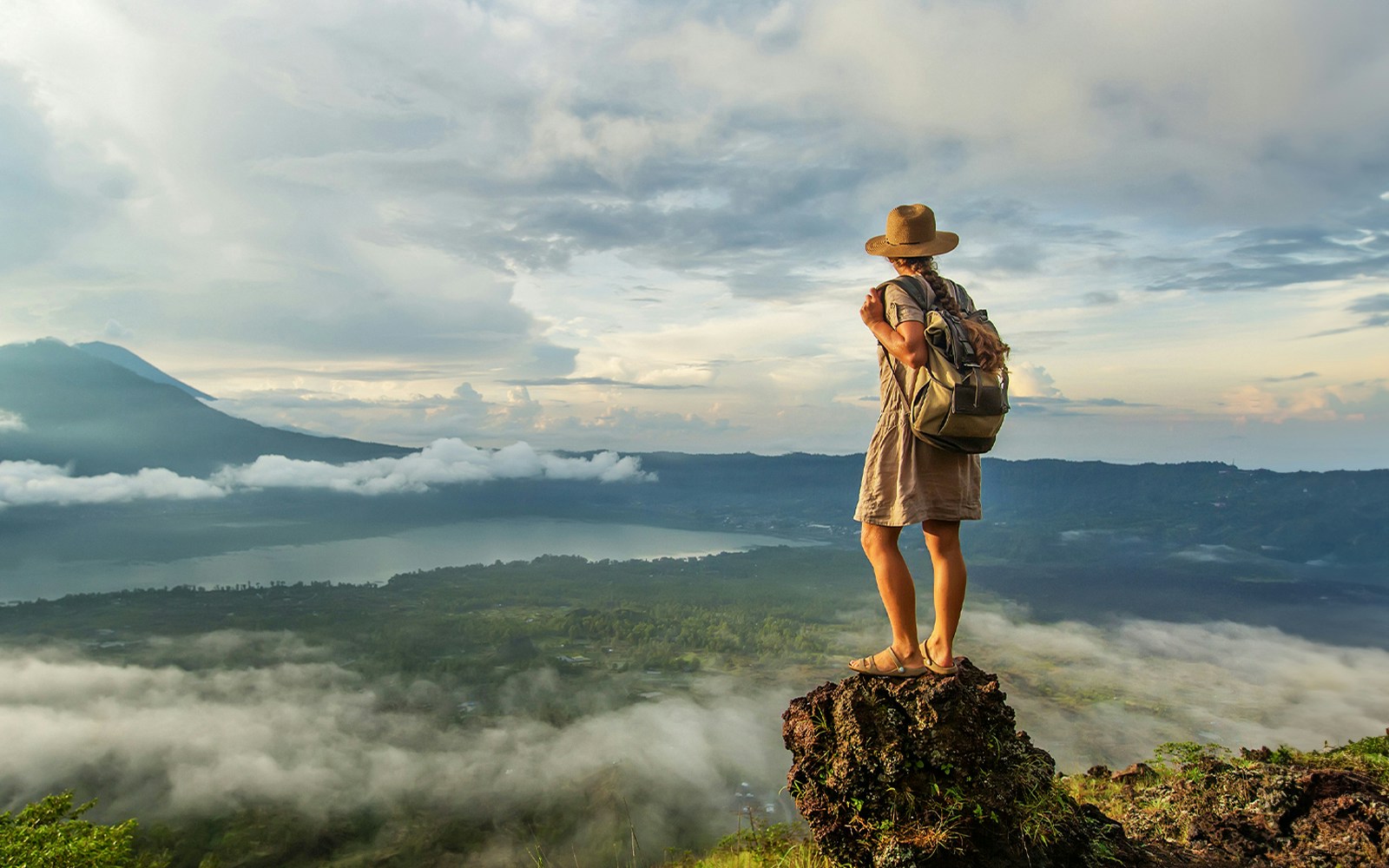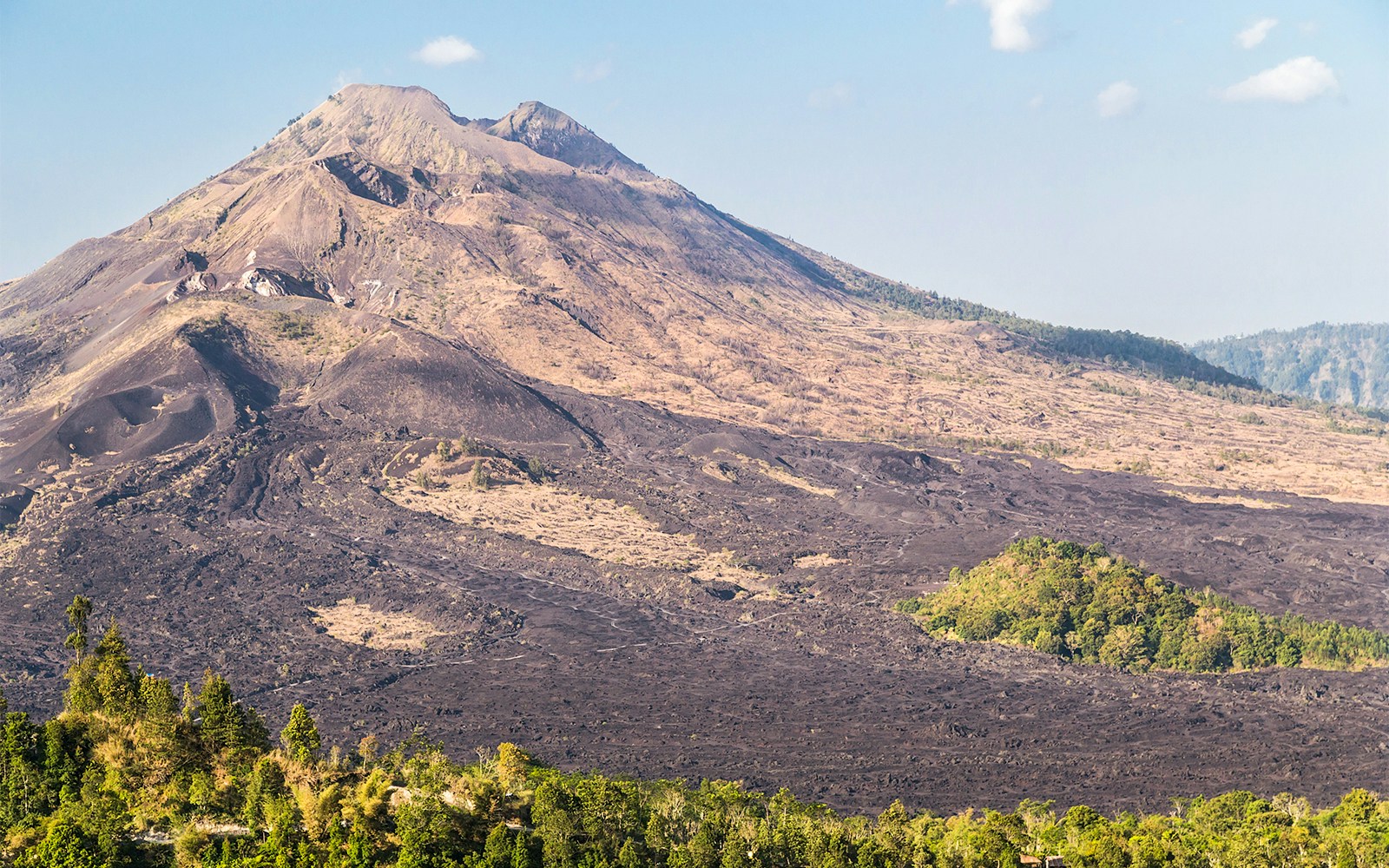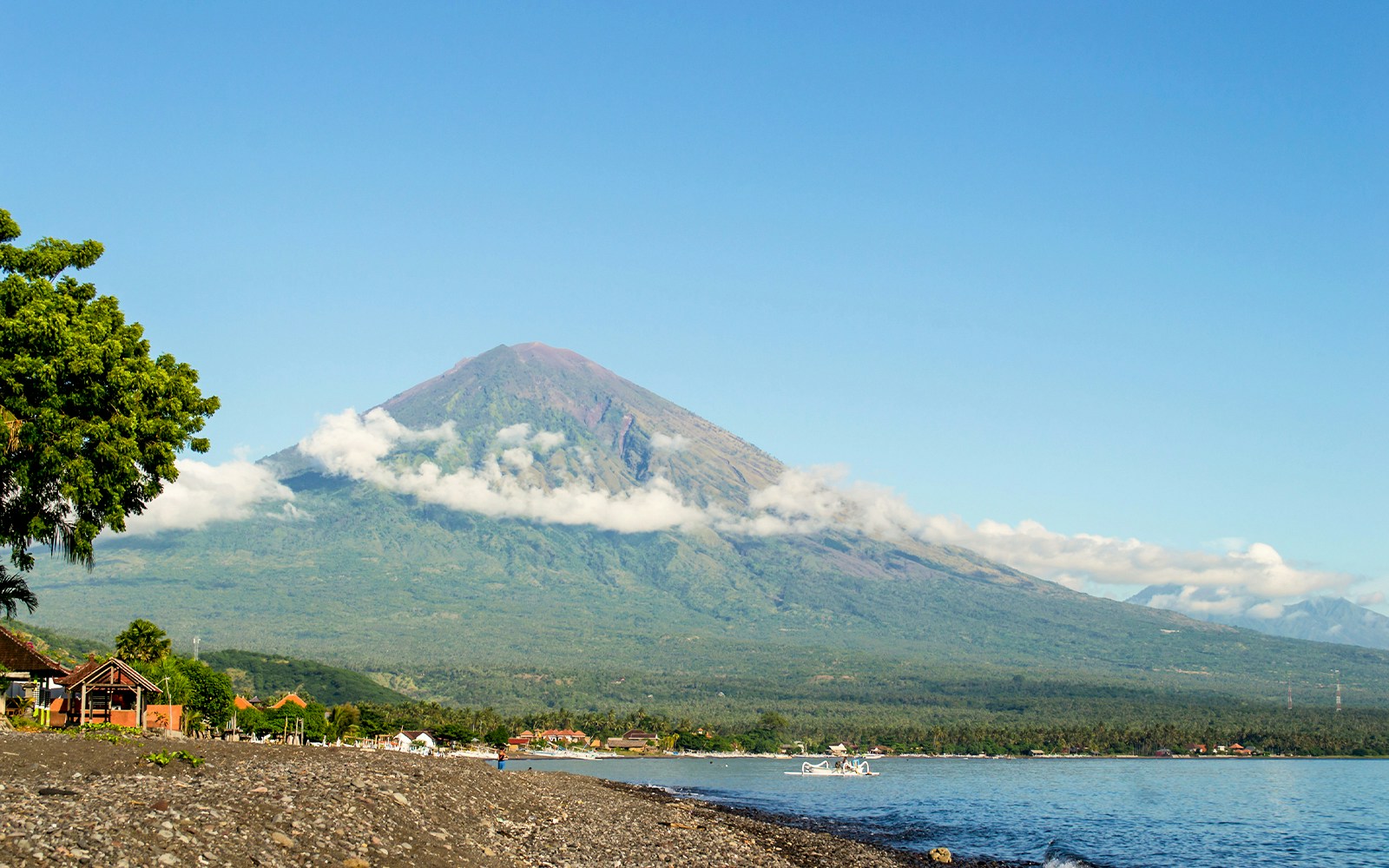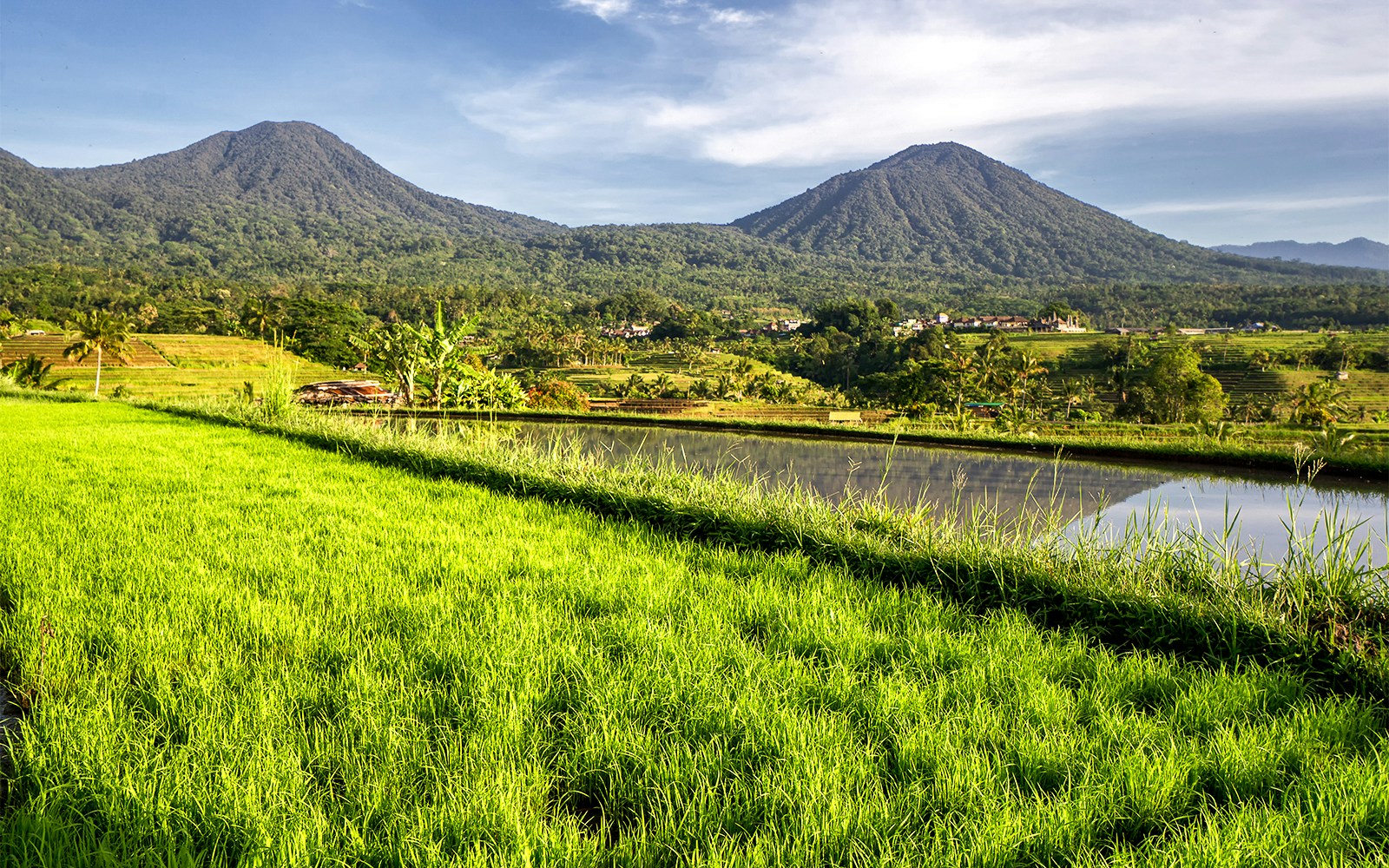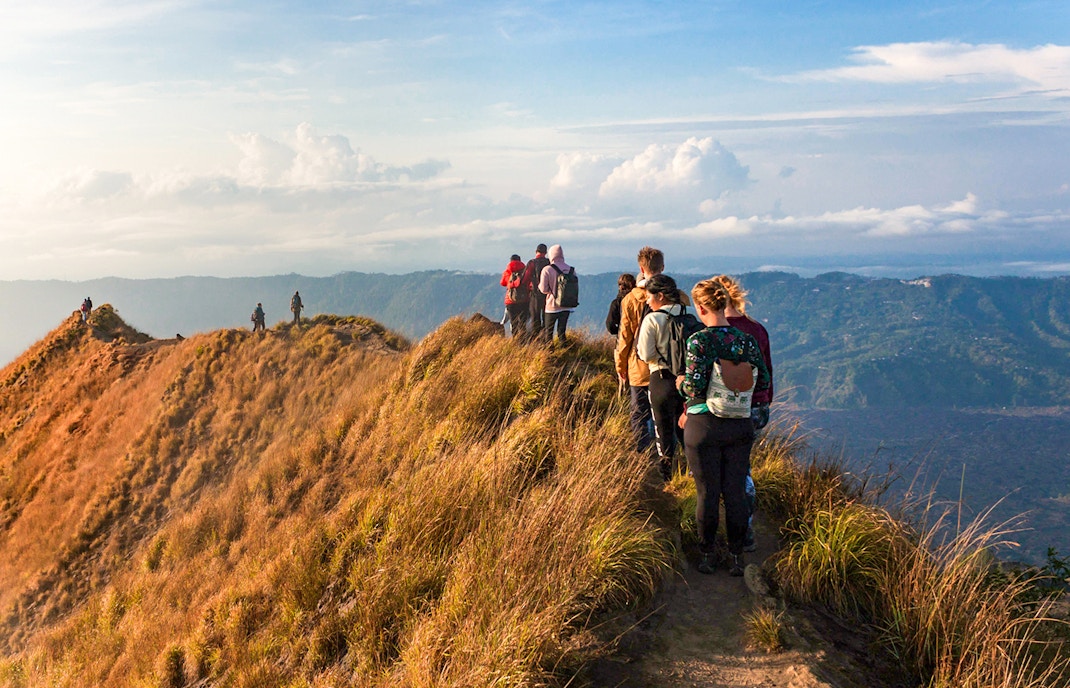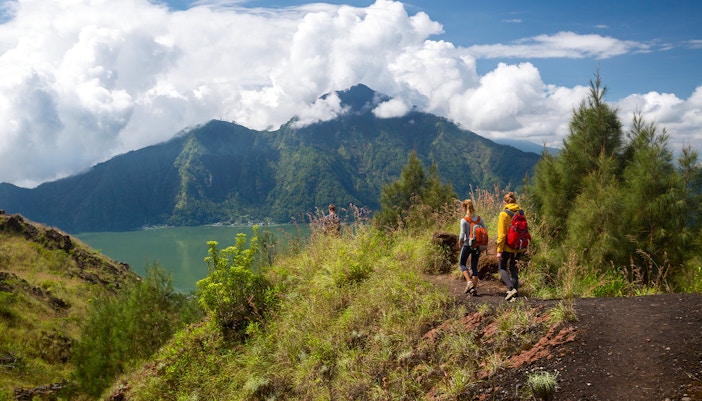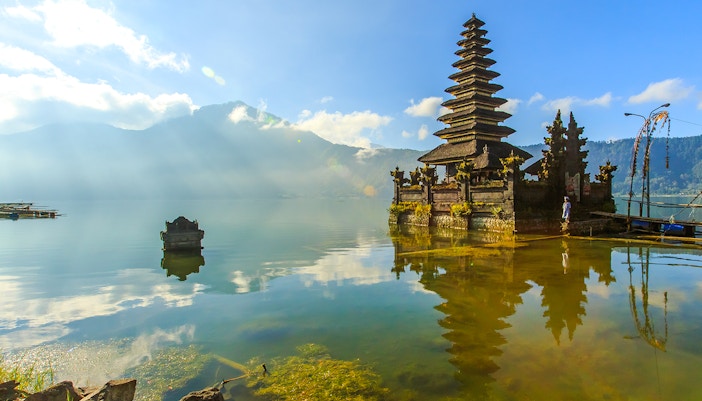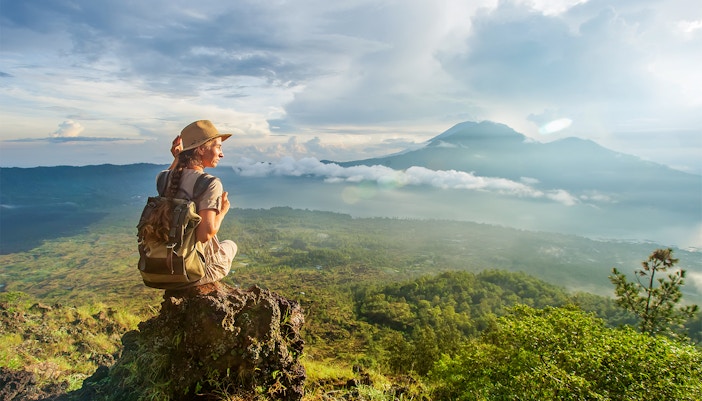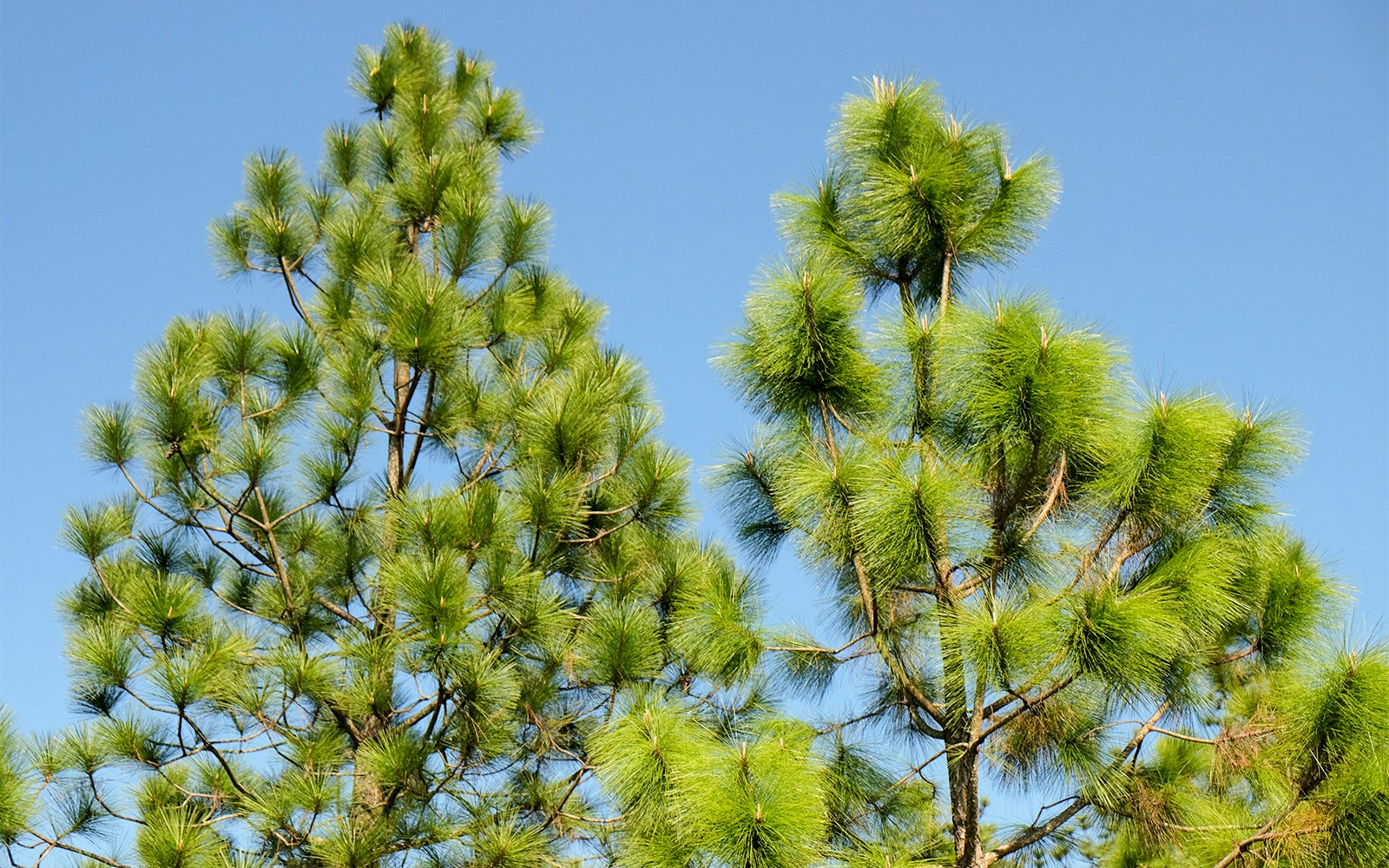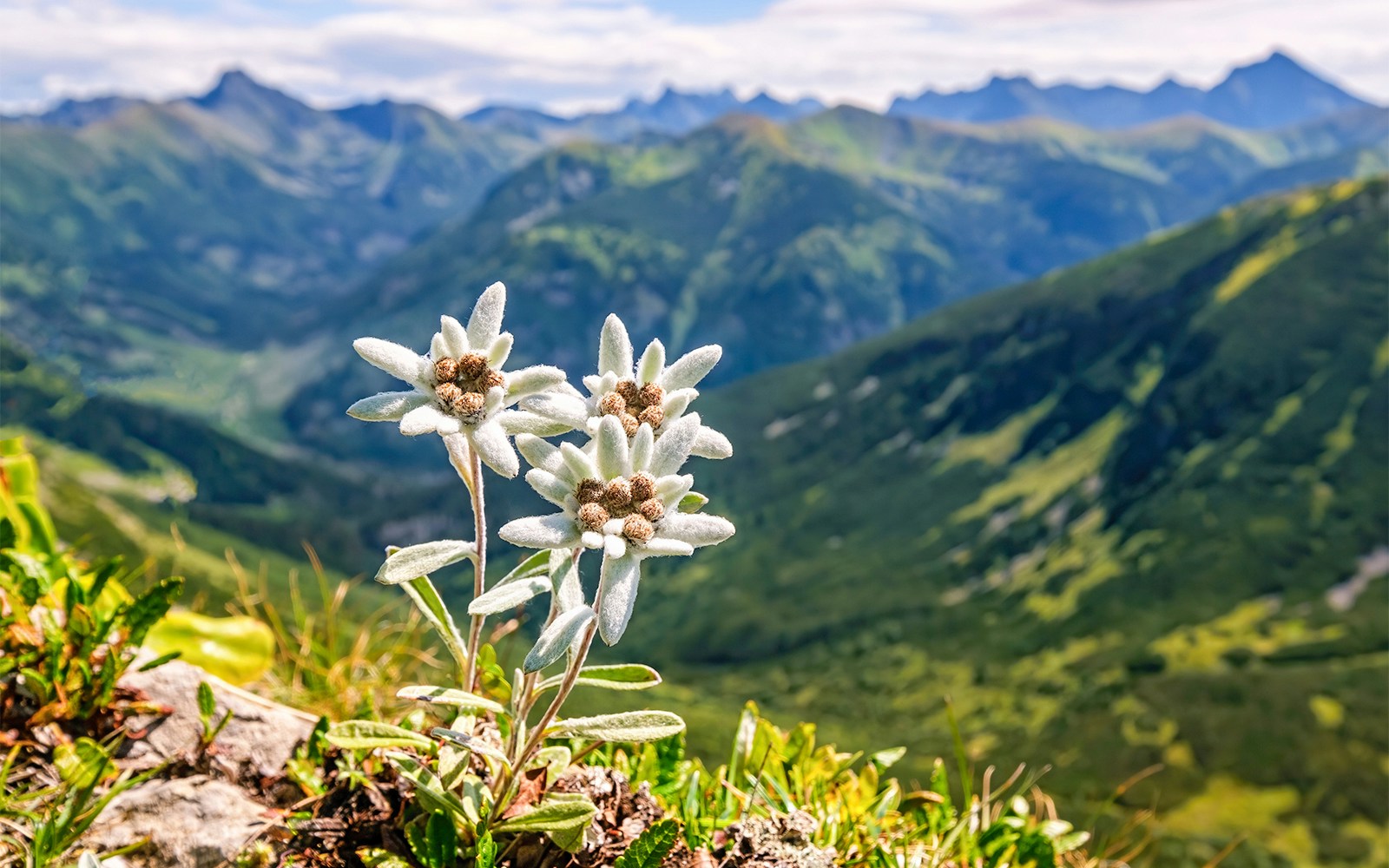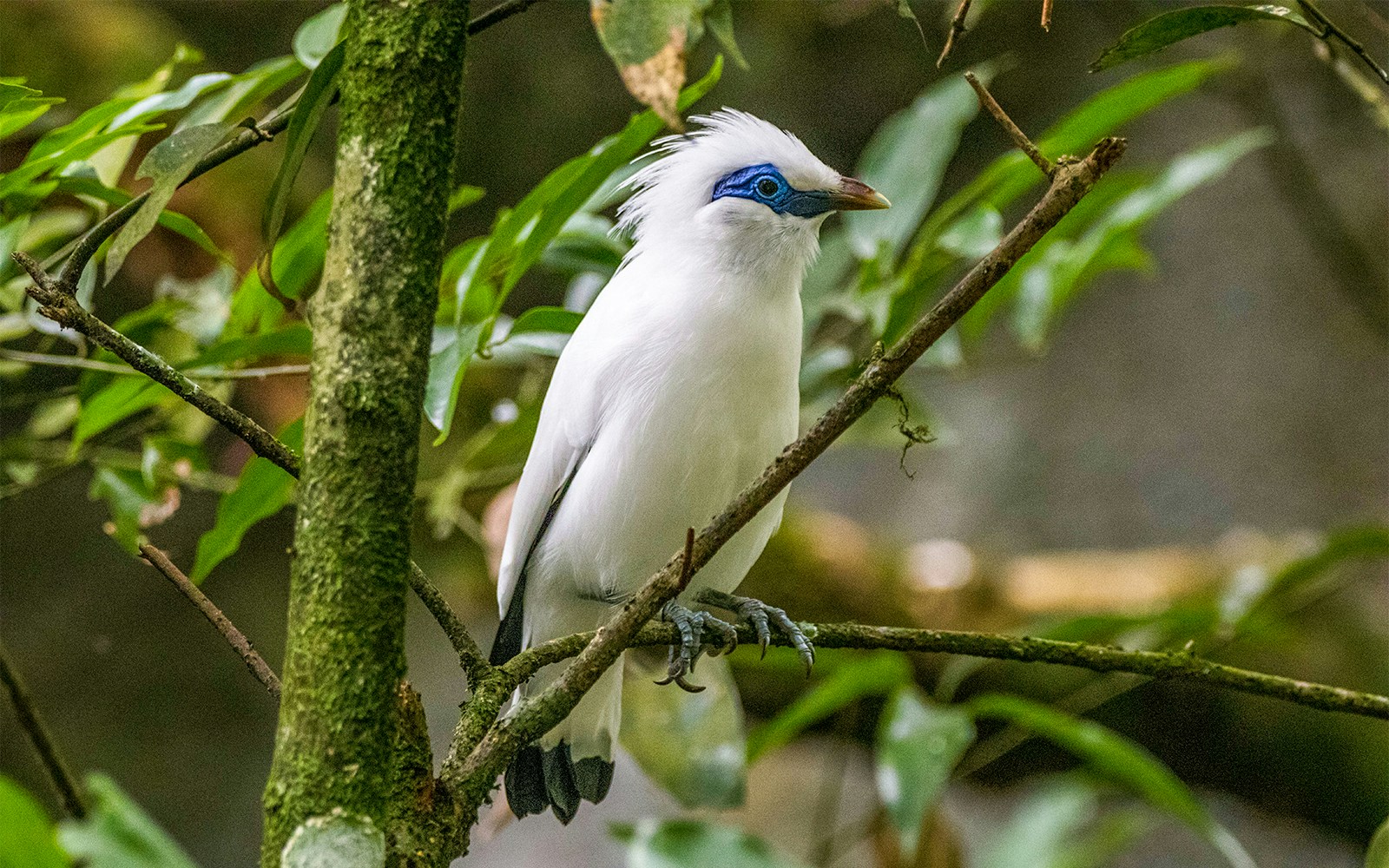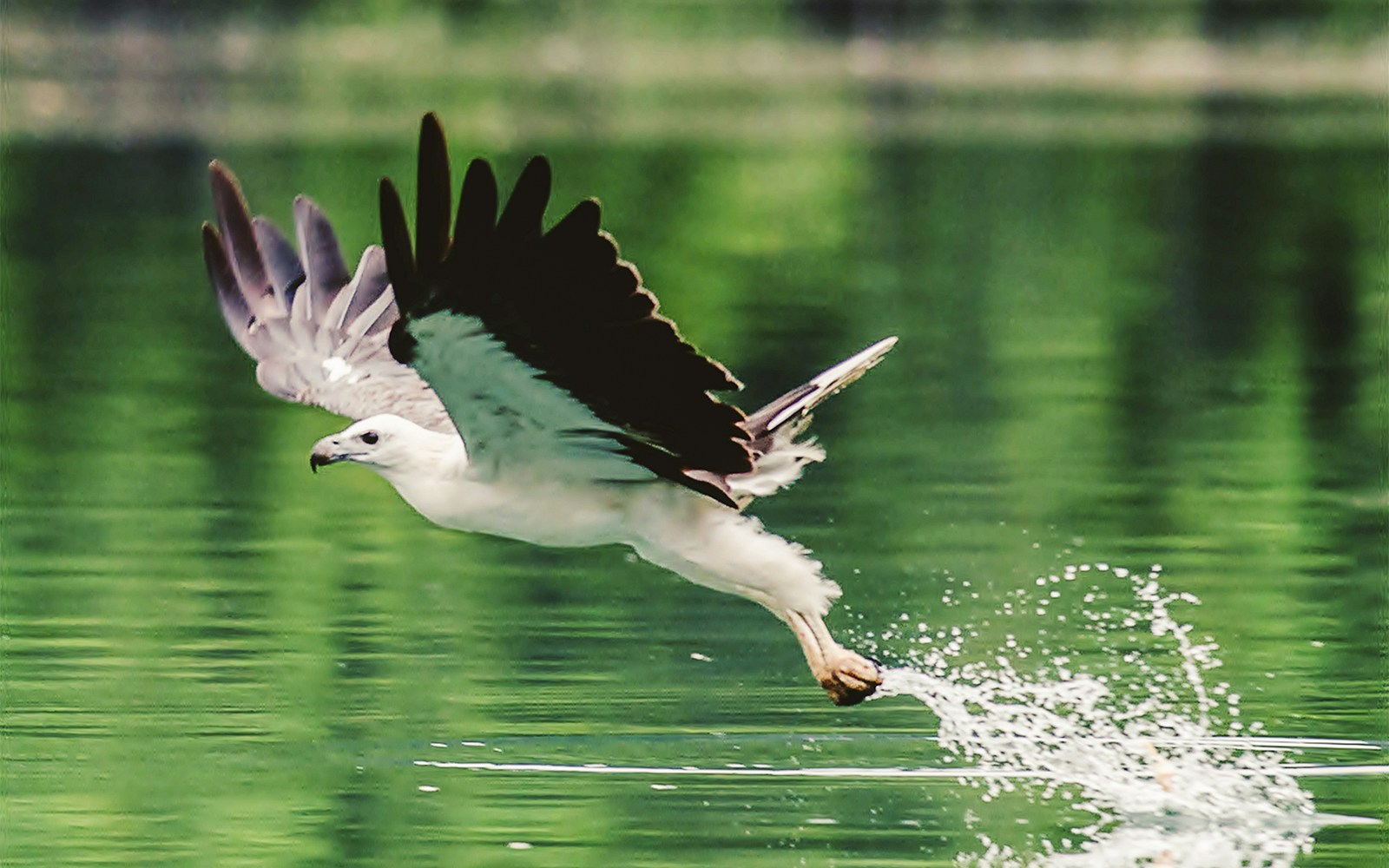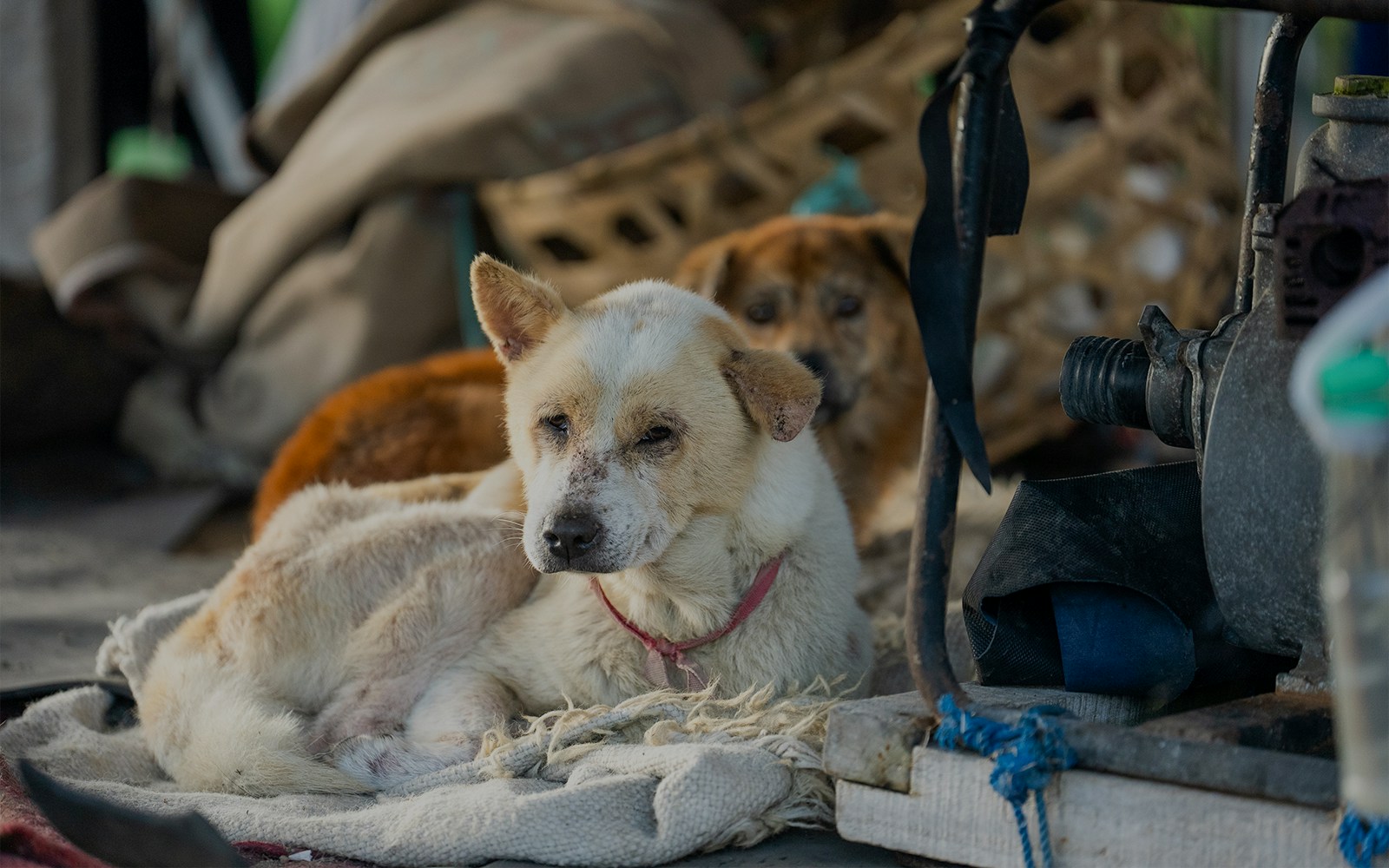- Elevation: 1,717 meters (5,633 feet) above sea level
- Location: Bangli Regency, Bali, Indonesia (part of a volcanic complex northwest of Mount Agung)
- Last eruption: 1999 to 2000 (considered an active volcano)
- First ascent: Historical records are unclear, but likely by indigenous people long ago
- Hike difficulty: Easy to moderate (depending on fitness level)
- Type of volcano: Stratovolcano (layered cone volcano)
- Number of trails: Several trails lead to the summit, with varying difficulty levels.
- Crater diameter: Approximately 10 kilometers (6.2 miles)
- Base diameter: Approximately 13 kilometers (8.1 miles)
- Number of crater peaks: 1 (Mount Batur itself forms the central peak within the caldera)
Mount Batur’s geography at a glance
